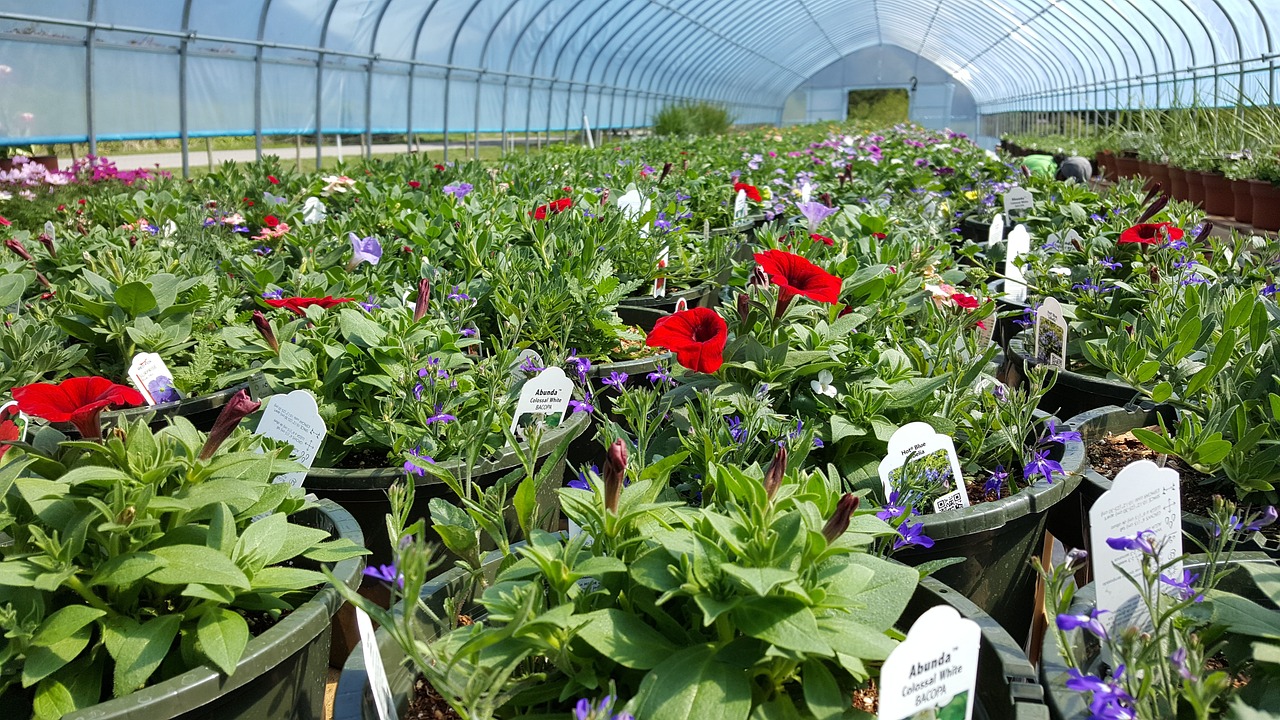In the realm of horticulture, efficient watering is a critical factor. It directly influences plant health and growth.
For small-scale nurseries, this task can be challenging. Traditional watering methods often fall short in terms of efficiency and effectiveness.
In this era of technological advancement, innovative solutions are emerging. These solutions are designed to optimize watering practices, conserve water, and save time.
This article delves into these efficient watering solutions. It provides insights into the latest technologies and methods in nursery watering systems.
Whether you are a small-scale nursery owner, a horticulturist, or a gardening enthusiast, this article is for you. It aims to guide you in managing your watering needs in the most efficient way possible.
Join us as we explore the world of innovative watering solutions for small-scale nurseries.
The Imperative of Efficient Watering in Horticulture
Water is the lifeblood of any horticultural endeavor. It is a vital component in the photosynthesis process, which is the plant’s way of producing food.
However, watering is not just about quantity. It’s about timing, frequency, and method. Efficient watering ensures that plants receive the right amount of water at the right time. This optimizes plant growth and reduces the risk of diseases associated with overwatering or underwatering.
Overcoming Watering Challenges in Small Nurseries
Small-scale nurseries often face unique challenges in watering. These include limited resources, diverse plant needs, and the need for precision in water application. Traditional watering methods, such as hand watering or overhead sprinklers, can be labor-intensive and inefficient.
Innovative watering solutions can help overcome these challenges. They offer precision watering, conserve water, and save time. These solutions are designed to meet the specific needs of small-scale nurseries, making them an ideal choice for efficient and effective watering.
Cutting-Edge Technologies in Nursery Watering Systems
The latest technologies in nursery watering systems are revolutionizing the way small-scale nurseries manage their watering needs. These technologies offer precision, efficiency, and adaptability, making them ideal for diverse nursery setups.
One such technology is the drip irrigation system. This system delivers water directly to the root zone of plants, minimizing water wastage and maximizing plant health.
Drip Irrigation Systems: Precision and Conservation
Drip irrigation systems are a game-changer for small-scale nurseries. They offer precision watering, ensuring that each plant receives the right amount of water. This not only promotes healthy plant growth but also conserves water.
Moreover, drip irrigation systems are adaptable. They can be customized to meet the specific watering needs of different plant species, making them a versatile solution for diverse nurseries.
Soil Moisture Sensors: Smart Watering Decisions
Soil moisture sensors are another innovative technology in nursery watering systems. These sensors measure the moisture content in the soil, providing real-time data that can be used to optimize watering schedules.
By using soil moisture sensors, nurseries can ensure that plants are watered only when necessary. This prevents over-watering and under-watering, promoting plant health and conserving water.
Smart Irrigation Controllers: Automating Efficiency
Smart irrigation controllers are a key component of efficient watering solutions. These controllers automate the watering process, saving time and ensuring consistent watering.
With smart irrigation controllers, nurseries can set watering schedules based on the needs of their plants. The controllers then automatically adjust the watering based on these schedules, ensuring that plants receive the right amount of water at the right time.
The Role of Climate in Watering Practices
Climate plays a significant role in determining watering practices. Weather patterns, temperature, and humidity levels all influence the amount and frequency of watering required.
Understanding the local climate and adjusting watering schedules accordingly is crucial. This ensures that plants receive adequate water without wastage, contributing to the overall efficiency of the watering system.
Water Conservation Techniques for Sustainable Nurseries
Water conservation is a key aspect of sustainable nursery management. Implementing efficient watering solutions not only reduces water usage but also contributes to environmental sustainability.
Innovative techniques such as rainwater harvesting and mulching can significantly enhance water conservation efforts. These methods not only save water but also improve the health and growth of plants.
Rainwater Harvesting: A Sustainable Source
Rainwater harvesting is an effective way to conserve water in nurseries. It involves collecting and storing rainwater for later use, reducing reliance on municipal water supplies.
This method is particularly beneficial in regions with high rainfall. It provides a sustainable and cost-effective source of water for nursery watering needs.
Mulching: Minimizing Evaporation
Mulching is another effective water conservation technique. It involves covering the soil surface with organic or inorganic materials to reduce evaporation.
Mulch acts as a barrier, preventing water loss from the soil surface. This not only conserves water but also maintains a consistent soil moisture level, promoting healthy plant growth.
Customizing Watering Solutions for Diverse Flora
Efficient watering solutions are not a one-size-fits-all proposition. Different plant species have unique watering requirements, necessitating tailored solutions.
By understanding the specific needs of each plant variety, nursery owners can customize their watering systems. This ensures optimal plant health and growth while maintaining water efficiency.
The Economics of Upgrading to Efficient Watering Systems
Investing in efficient watering solutions may seem daunting due to initial costs. However, the long-term benefits often outweigh these initial expenses.
A cost-benefit analysis can reveal savings in water bills, labor costs, and plant health. Over time, these savings can offset the initial investment, making the upgrade economically viable.
Conclusion: Embracing Innovation for Growth
In conclusion, adopting efficient watering solutions is not just about saving water. It’s about embracing innovation, improving plant health, and ensuring the sustainable growth of small-scale nurseries. By investing in these technologies, nursery owners can optimize their operations and contribute to global water conservation efforts.







